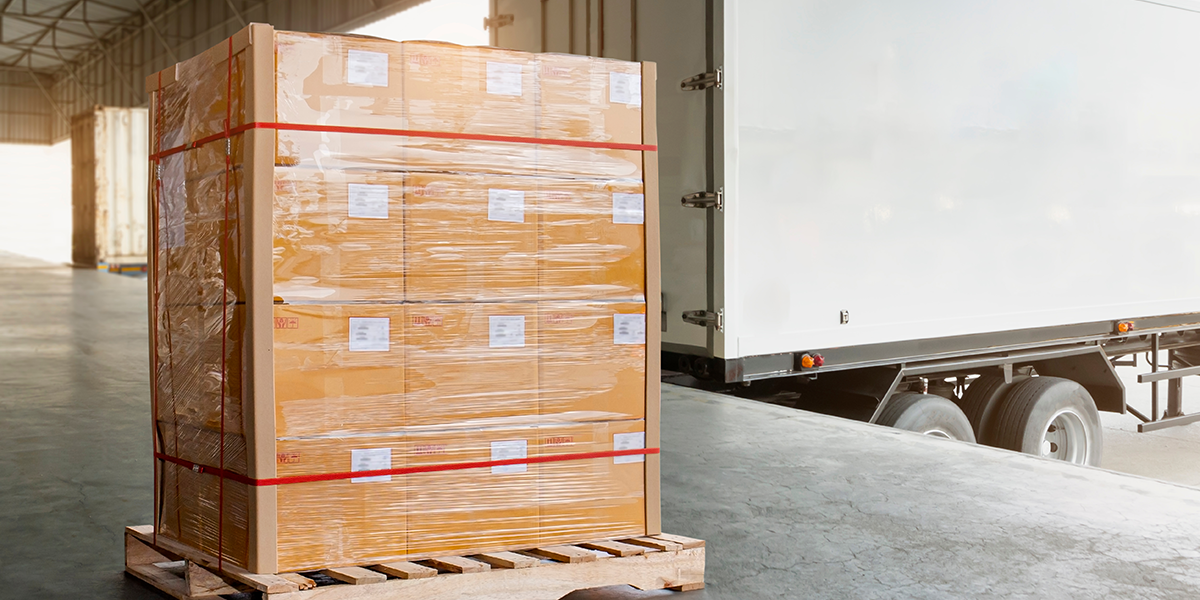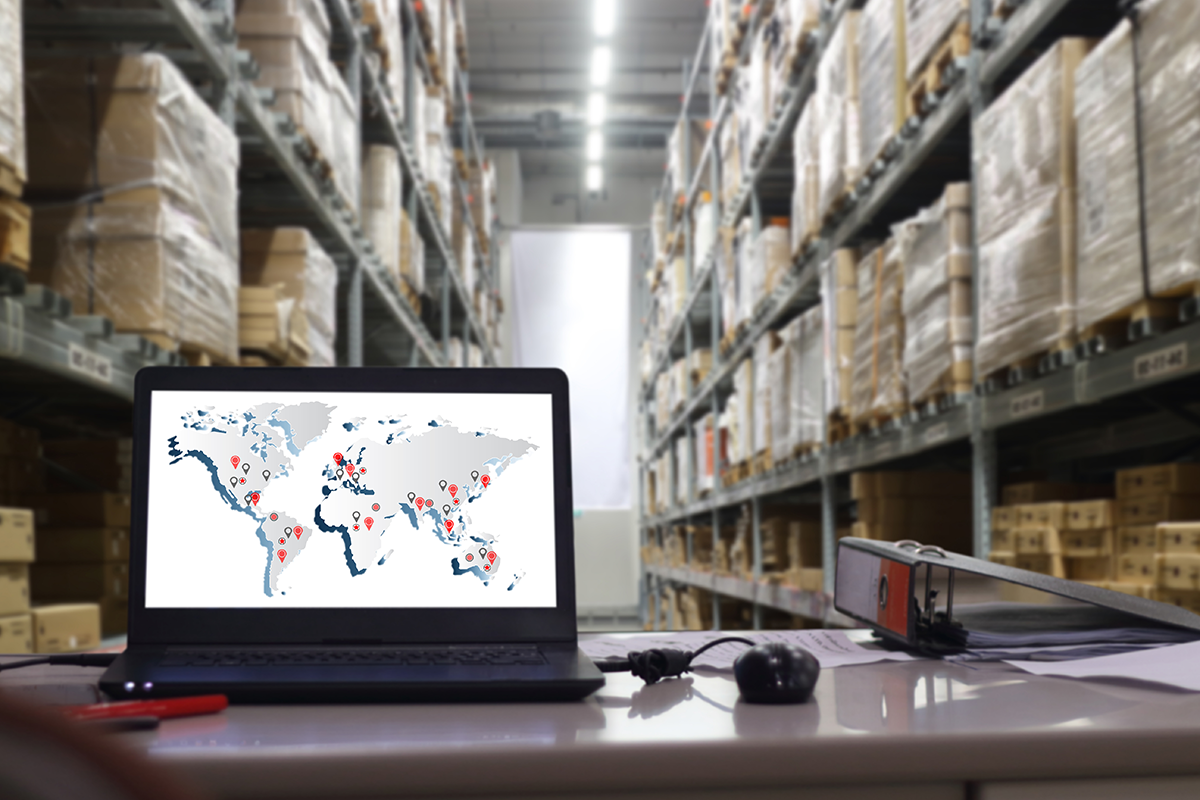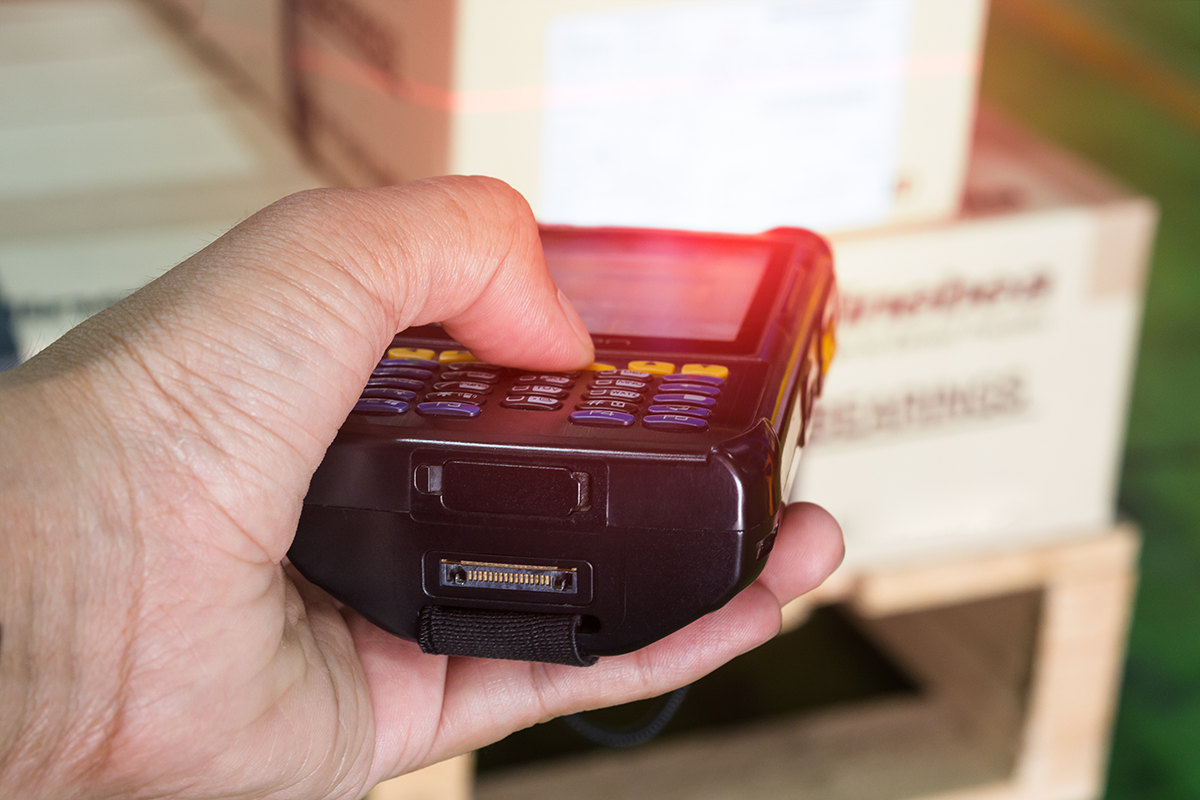LPWA Products


The logistics system supports people's lives. In terms of something familiar to us, the use of electronic commerce (EC) has become entrenched because of the COVID-19 pandemic. This has led to an increase in the number of settings in which courier services are used. In fact, the number of items handled by courier services is rising. It exceeded 4 billion items as of 2019. That is an increase by about 20% (about 700 million items) over the past five years (Recent Logistics Policy (January 22, 2021) by the Ministry of Land, Infrastructure, Transport and Tourism ). Logistics is essential in all economic activities and social life, from courier to large cargo services, and from road, railroad and air transportation to water and marine transportation.
Against this background, one of the issues facing the logistics industry in recent years is the problem of losing logistics pallets. A logistics pallet is a logistics apparatus (a loading rack) to load and transport products. They are used in sorting work that employs forklifts and other equipment. Moreover, they are widely used as indispensable apparatuses to optimize logistics operations and to reduce the burden on workers. The total number of logistics pallets used in Japan is estimated to be in the hundreds of millions a year at present. According to statistics from the Japan Pallet Association, the number of pallets produced in Japan in 2019 increased year on year by 5.2% to 71,343,582.
On the other hand, there have been repeated cases in which pallets have been lost, with the company that used them unable to collect them after use. It is said that about 10% of pallets are lost per year. The companies that use pallets suffer financial losses due to losing them. At the same time, such companies have been unable to clearly understand why they are losing their pallets.

Utilization of IoT has been advancing in recent years to solve the problem of losing pallets. Specifically, logistics material management tracking devices that combine Low Power Wide Area (LPWA) and other short-range wireless communications technologies and location information detection sensors are being equipped on pallets. This is a mechanism to collect data on the operating situation of each pallet (e.g., the location and movement history data).
Utilizing this system makes it possible to find pallets the have been lost by the company that owns them because they have been moved to unexpected locations. The intention is to identify the cause of losing pallets, in order to find a solution to this issue by collecting and analyzing the usage history and movement history data of lost pallets.
Efforts to prevent losing pallets utilizing IoT have already been put into practical use by a major logistics service company in Europe. That company has introduced an IoT network, a type of LPWA, in its communications technology. It uses Wi-Fi access points as location beacons to measure location information. At the same time, the company has introduced a system that measures the location information at a low frequency (e.g., daily). Ultra-low power consumption IoT networks with inexpensive communication costs have benefits such as keeping down management costs and long-term continuous operation without charging. It is not necessary to adopt a high-precision method among the detection methods that use GPS to detect pallet location information. This is thus a suitable field for utilizing IoT.

Expectations have also been focusing in recent years on RFID-equipped logistics pallets that use RFID in logistics tracking. RFID is an important reading technology used in transportation card payment, electronic money and other fields. This makes it possible to check the location information of pallets simply by the pallets passing through RFID reader-equipped gates installed in ports and elsewhere even if pallets are moved across national borders. The pallet information is collected automatically by the gate reader. Therefore, there is no extra burden on workers at transportation sites and others.
The Ministry of Economy, Trade and Industry and the Ministry of Land, Infrastructure, Transport and Tourism jointly conducted an RFID-equipped pallet demonstration experiment in which an attempt was made to transport pallets from Thailand to Vietnam via Laos. The result was that it was possible to capture accurate information such as the location of pallets, the quantity, and when and where they passed through. Currently, logistics pallets and other articles equipped with active RFID that expands the communication range up to 300 m by using batteries compared with passive RFID that does not use batteries are being commercialized. They are starting to be utilized mainly in major manufacturing companies in Japan.
Solving the problem of losing pallets will do more than just prevent financial loss. For example, there are busy and slack periods in logistics operations. The quantity of logistics increases greatly during busy periods. If there is a shortage of pallets during such a demand peak, there is a risk that will lead to late deliveries or loss of orders. If a company can understand the whereabouts of its pallets in Japan or around the world in real time, it will be able to better prepare for busy periods and to utilize pallets efficiently. There are expectations that this will improve the efficiency of operations and increase profitability.
At the same time, stabilizing and improving the efficiency of transportation operations will also lead to a reduction in transportation energy and fossil fuel consumption. New logistics solutions utilizing IoT will make people’s lives even more convenient and comfortable. Together with this, those solutions will also contribute to the conservation of the global environment.